How Photography Saved Me in the Pandemic Age
A woman and a girl wearing masks walk across Avenida Rancho Boyeros, by the Ciudad Deportiva, in Havana. The billboard showing Fidel Castro and Camilo Cienfuegos stands in the background.|Credit: Reynaldo Cruz Diaz
When Covid-19 hit Cuba (at least officially), many of us refused to believe or accept the severity of what was happening. Even for those who no longer had trust in the Communist-run system, there was hope that Cuba’s healthcare would come through. We literally harbored some optimism regardless of how wide open our eyes were.
So, many of us chose to carry on with our normal lives. In the meantime, the government continued to promote Cuba as a safe touristic destination. That delusion even led me to have two gigs with I Love Cuba Photo Tours after Day Zero, March 11, 2020. Little did I know, those were going to be the last two jobs with a team that I had been part of for almost three years.
The reliance on a decadent, arrogant and inefficient government that did not close the country down and did not cancel school led us to a false sense of safety that would later come back to haunt us. People overseas knew better, they were seeing the true impact of Covid, and, since there are so many Cubans scattered around the world, social media pressure was made, and the government ultimately decided to shut down.
The days that would follow my last gig on March 14 would be filled with uncertainty. As the number of cases got reported every day, there was a slight increase in contagion, but not that big. One needs to wonder, however, how much truth they were divulging.
Again, naïveté led many to believe “Oh, they would not doctor the numbers in such a serious matter,” but the reality is that they would, if it makes them look better.
The Lockdown
As the lockdown measures (and even our own self-preservation) started to come into force, I got into a dark place. Photography was literally my life. It had become more of a personal calling and a passion rather than a profession or a hobby. Even when I didn’t have any gigs, going to Central Havana or Old Havana would always involve me taking out the camera and shooting, sometimes just for the pleasure of pressing the shutter. It ultimately would be something that would save me from insanity.







As the massive hysteria and paranoia took over, I found myself limited to very few photo opportunities. The back window of my place in Eastern Havana only led to two backyards with little to zero activity and a mostly deserted street. So, the very little scenes I could get and some still life became my only uses for the camera.
In the meantime, I started diving into my old folders, from my time as a photojournalist for Periódico ¡AHORA! to my years as a street photographer for I Love Cuba Photo Tours. Pictures I did not recollect taking started to show up in my search, and subsequently on my Instagram feed. Writing a story about them was also part of my way to escape the quasi-apocalyptic reality we were all living.
Going through the folders almost felt like being on the streets and taking photos again. I created an alternative reality to battle the constant depression lurking over me due to the lockdown, the uncertainty, the fear, the unemployment.
Starting in December 2019, I had made the personal commitment to post something every day. Doing it during the age of the pandemic was simply my shelter. Even though internet times and availability were limited in Cuba (mostly due to how horrible both the price and the quality of the service were), I was able to pull it off. My strategy of going through my folders, selecting and editing the pictures, and writing the stories the night before made it possible for me to connect to the internet, post and react to comments from the previous day in just ten minutes.







Shooting still life was also a way to escape. From food, to coffee, to drinks and cocktails, I did my best to stay busy. At the same time, I developed a community of people who would follow and comment my work. Many of them would share ideas with me and would provide their insights on the photos I shared. Social media, Instagram in this case, for once, had seemed to save me from insanity.
The New “Normality” and Things Going Crazy
Towards the end of 2020, pandemic restrictions eased and I was able to navigate the streets carrying the camera once more. The government-run media labeled the actions as nueva normalidad (new normality), but there was nothing normal about what we were living. Although I carried a lot of reservations, social distancing was still a thing, and I basically had to disinfect the camera after every adventure, waiting 24 hours for the chlorine and alcohol bath I had given it to finally kick in.
During those months in which still photography indoors was sometimes accompanied by some street life, I also managed to become a member of iStock by Getty Images and go through an online course on sports photography by Summit Workshops. Both these opportunities were able thanks to my friend Jean Fruth, a seasoned sports photographer I had met in Havana in 2016 thanks to former Baseball Hall of Fame President Jeff Idelson.
My last months in Cuba, after my return to Holguín, were marked by a false sense of normalcy and the same sense of false liberty I had harbored before Covid hit. Nothing was normal anymore, people wore masks all the time, and social distancing was happening only when there was not a highly coveted type of food being sold. The façade would eventually go down, as the number of cases soared while the government made it much worse by imposing curfews on people visiting relatives and violating their own regulations to organize political pro-communist rallies.
I was able to capture and share some of the evolution of those events, with a lot of care and caution, and some of the harsh realities that were becoming more and more evident each day. The people of Cuba were about to have enough of it… but the timing and the extent surprised many, me included.








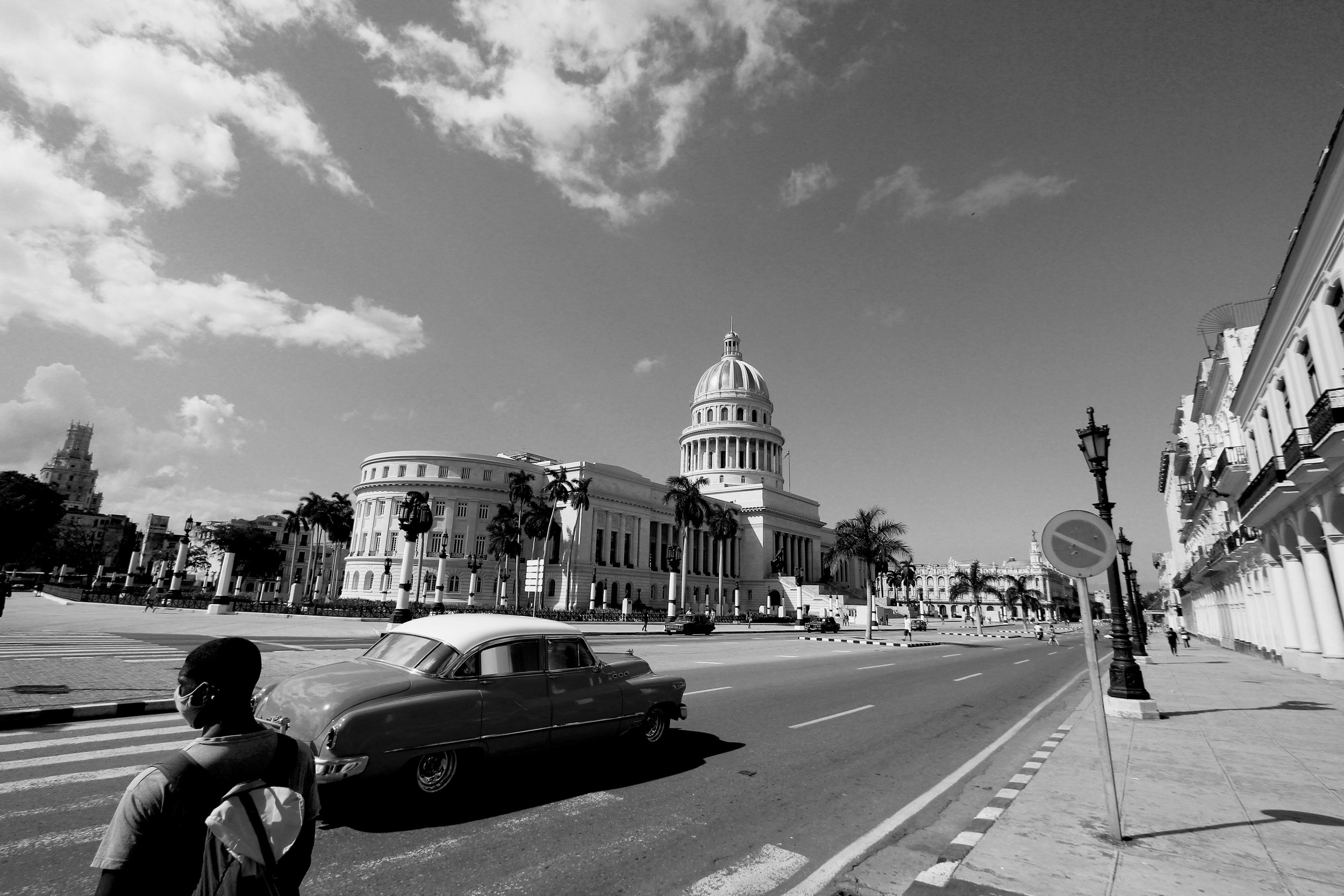





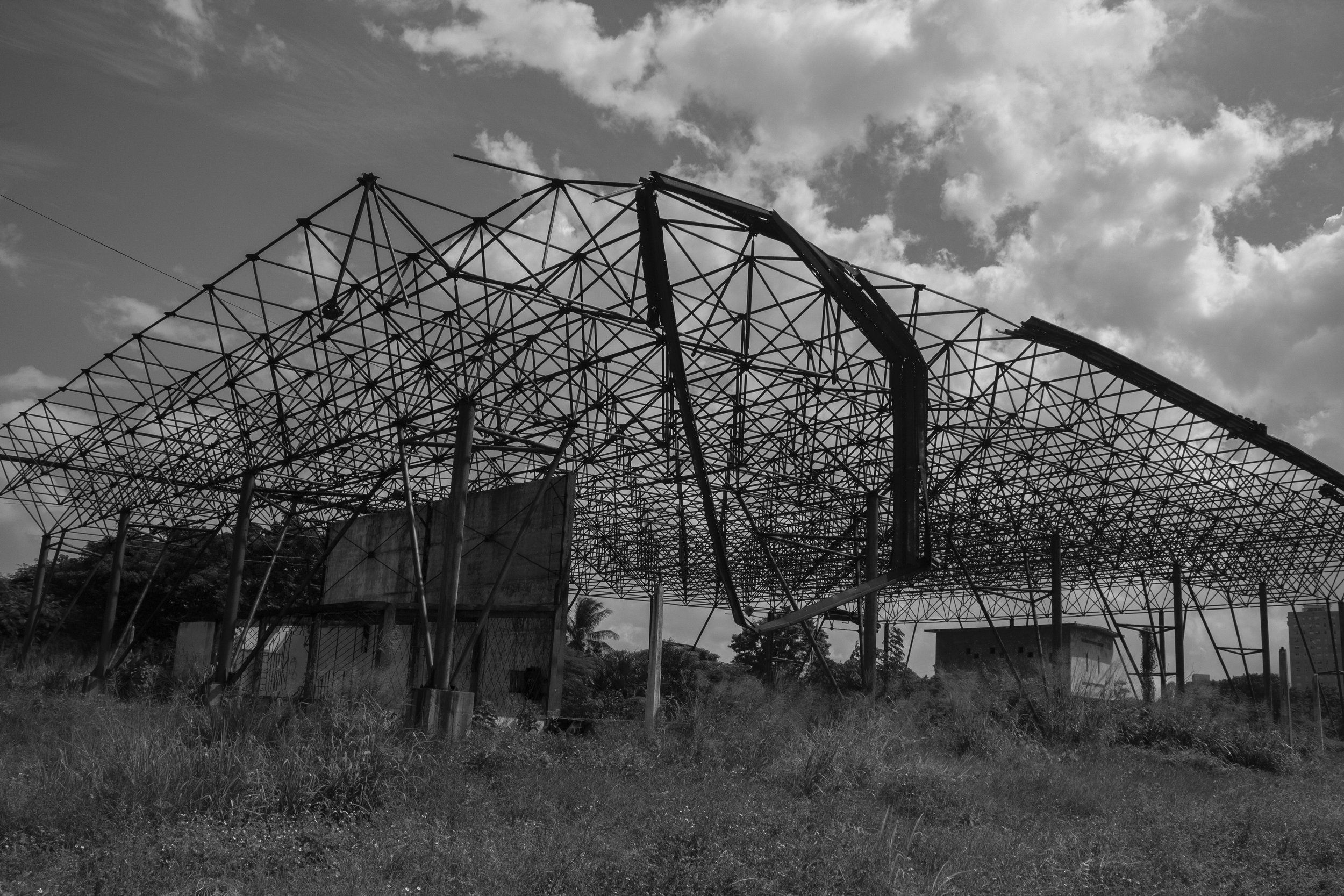

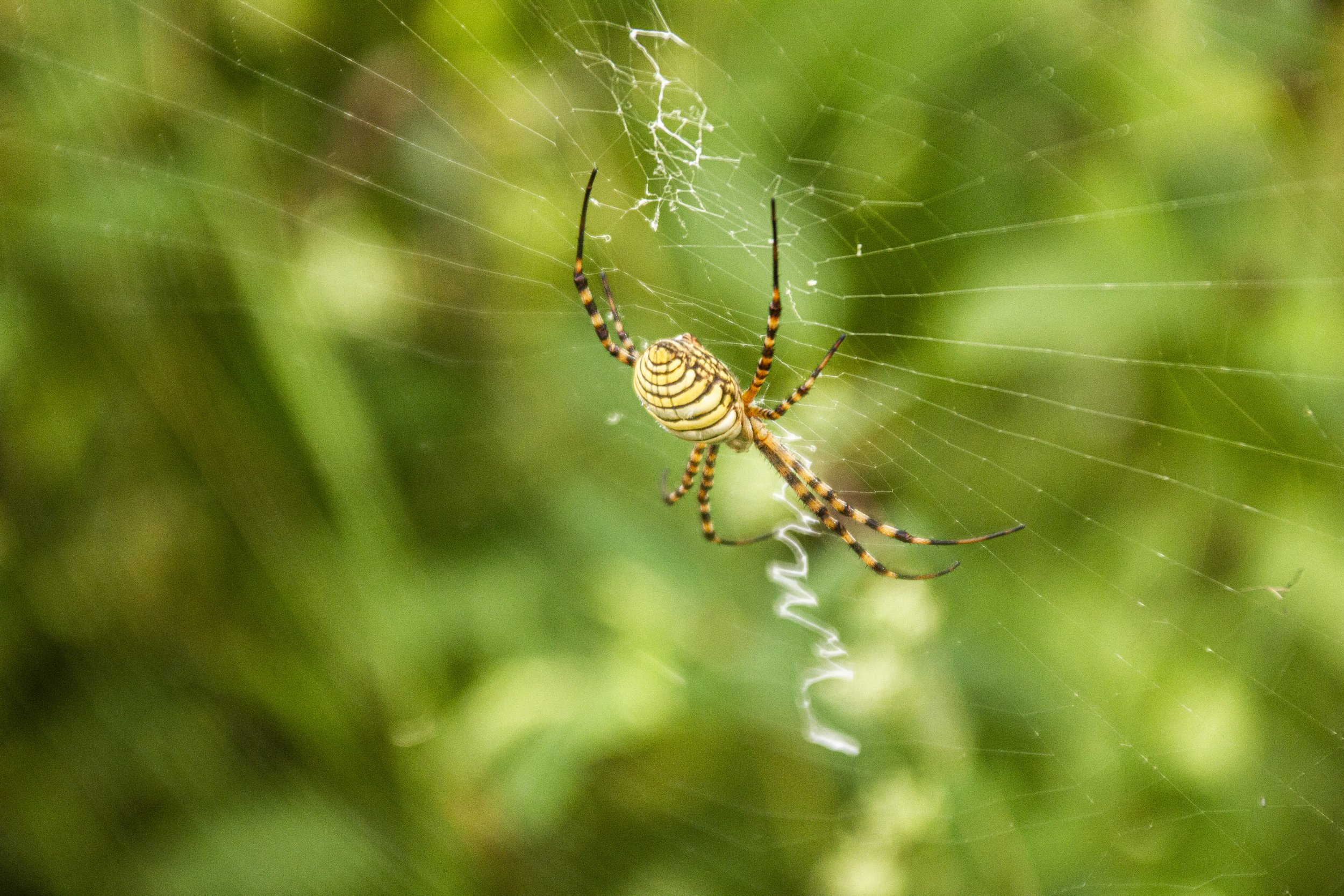
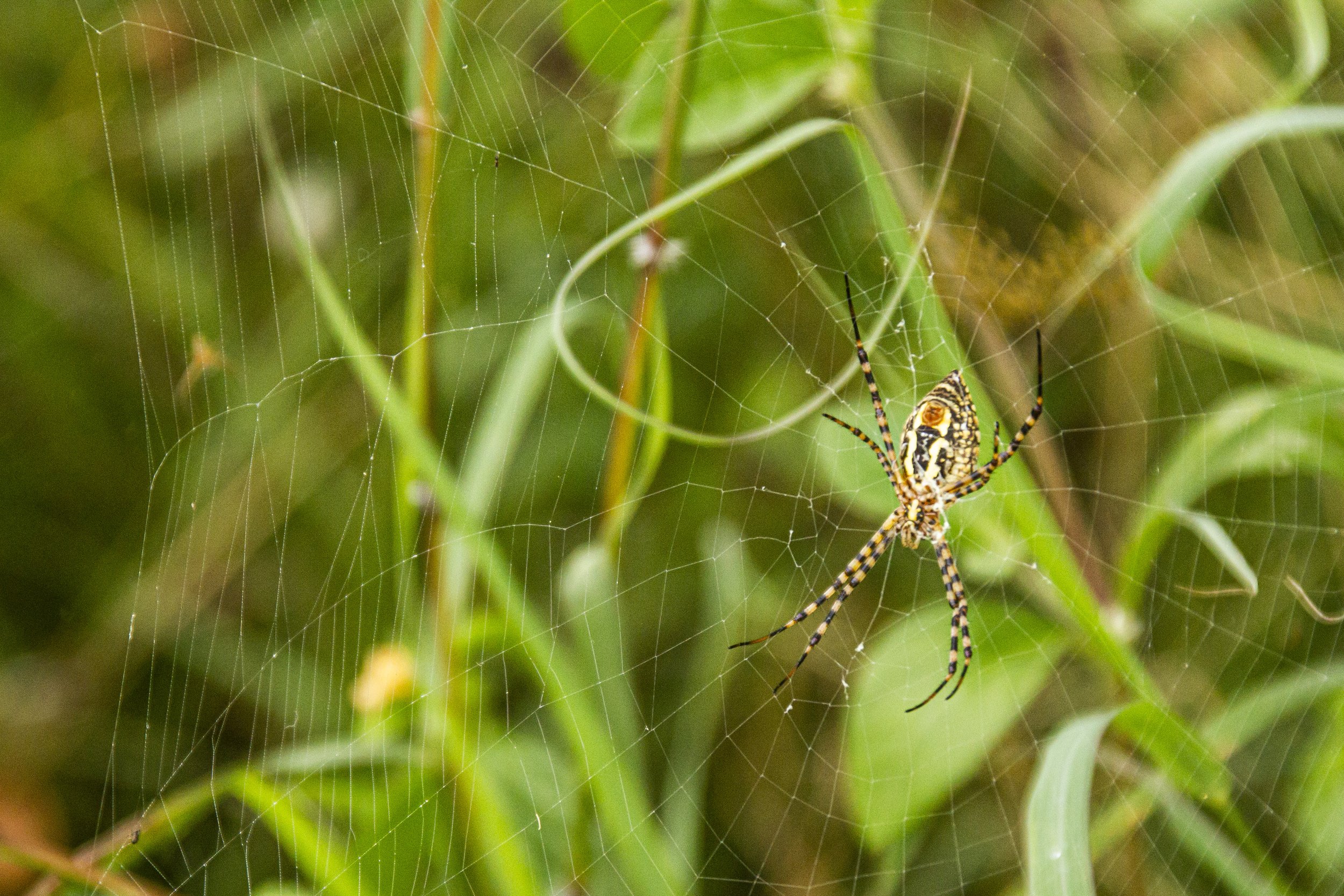

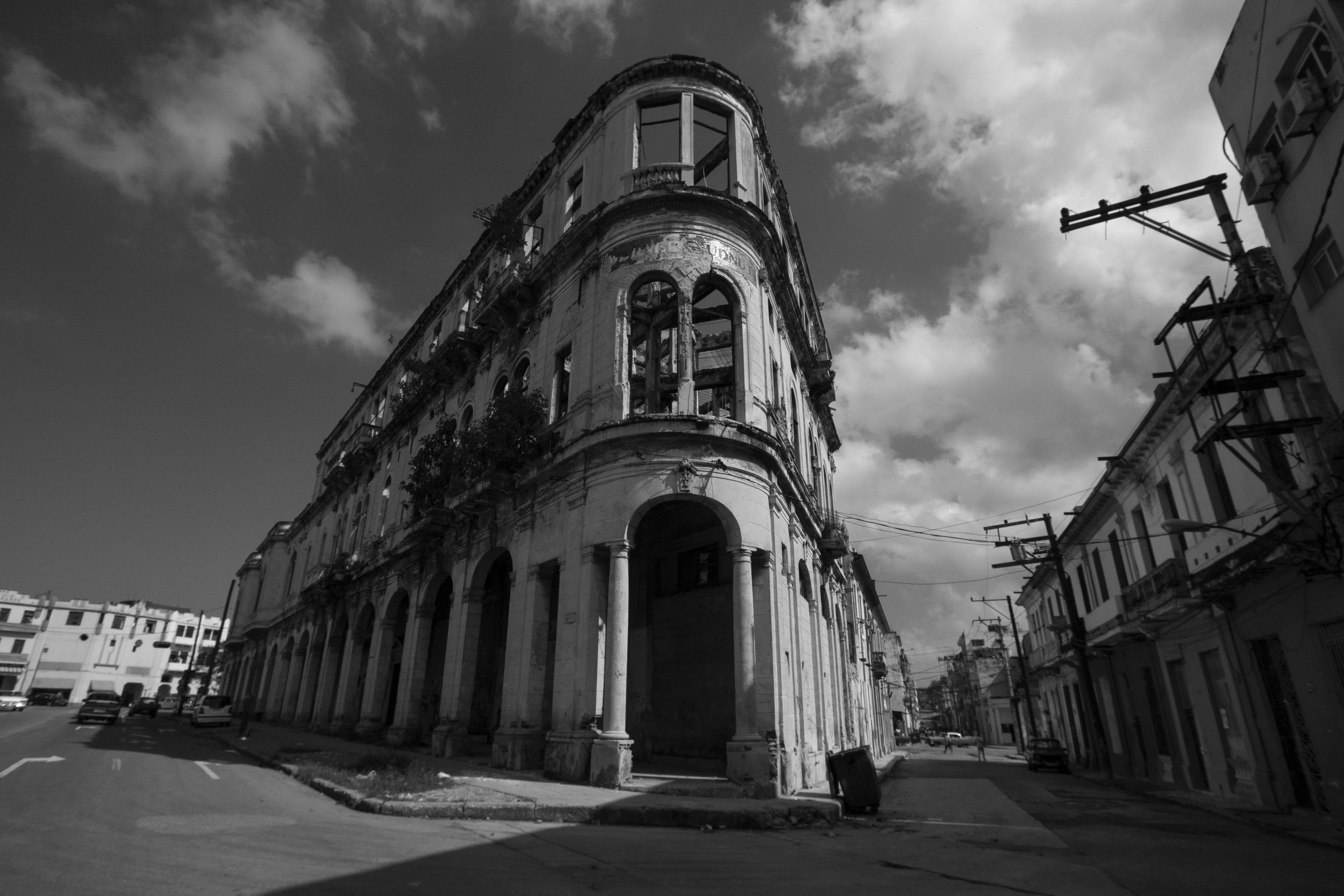








Then, July 11 came… and with it, the end of everything I thought to be true. First, the government applied an internet blackout that put a halt on my daily Instagram posting and halted communication with the outside world for every single one of us. Then, when the services were restored, we saw in horror how everything they had said they would never do took place: police brutality and impunity to the core, people getting beaten mercilessly, cops shooting at an unarmed man inside his house and in front of his kids (after his wife opened the doors for the cops and warned them about the presence of the kids).
This was too much to take, and I was filled with fear, thus choosing to leave my camera at home every time I went out. Yet, I saw that I was being followed (maybe because I always carried a camera and had posted some compromising and critical photos). I felt more cornered than ever.
My only hope relied on the 24 Hour Project, which I had joined in June. It is a photographic adventure that takes place every year, in which photographers from all over the world take and post online one photo every hour for 24 hours. Yet, that activity posed a lot of risk: the label of “Photographers for Social Change” was not going to be looked at too nicely in the times we were living (less than two weeks after the protests). I had been talking to people about photographing their place since June, but now this was a definite “no.”
Photographing through the windows in a not-so-busy neighborhood would have had to work. And theoretically it did, except for the fact that I knew that publishing on social media was not a smart thing to do. Yet, I did it… once. It would be my last social media interaction in my country. It would also be the last time I used my camera in my beloved Holguín. A phone call that I never thought I would receive pushed me to decide to leave. Before the end of August, I was already in Mexican soil.
Final thoughts
I do believe, in retrospect, that while photography was my key resource to preserve my sanity, it was all prompted by Covid-19. The countless hours I would spend at night—sometimes until 2:00AM, as insomnia and depression were trying to take over—going through all of my folders led me to many interesting findings, and helped me grow that community of followers, some of whom I met in person after leaving Cuba.
These findings would later be the main material source for the two seminars I have held in Connecticut, and the ones I will hold in the future.


